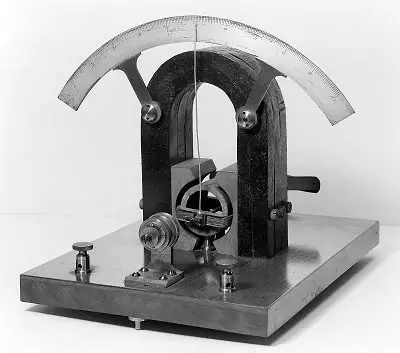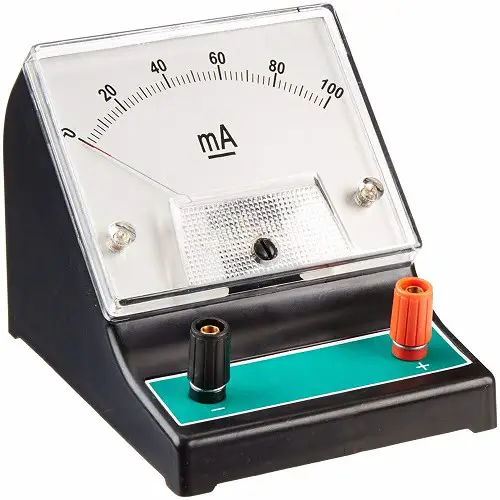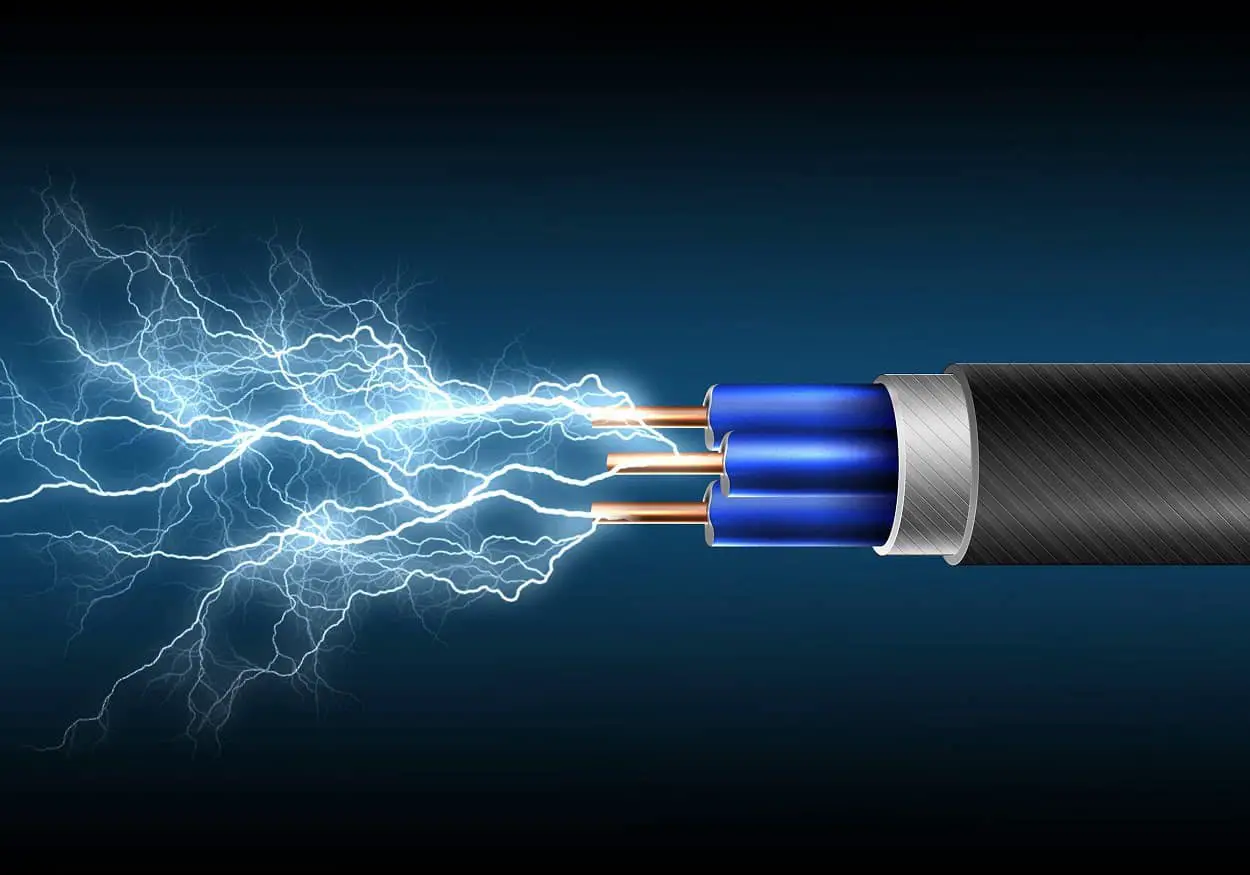Based on the fact that how we wanna measure the electric current, measuring devices can be divided into two types. These are Ammeter and Galvanometer.
An ammeter measures both alternating and direct currents. A galvanometer, on the other hand, only measures direct current. The other significant difference would be that an Ammeter only measures the magnitude of the current. Whereas Galvanometer measures both magnitudes as well as the direction of the current.
No wonder, there are so many differences as well as similarities between them. But before going ahead, let me give you a brief review of the two in a tabular form. Let’s dive right in…!!!
Ammeter vs Galvanometer
| Ammeter | Galvanometer | |
| 1. | Ammeter measures both alternating and direct current. | Galvanometer only measures direct current. |
| 2. | It only measures the magnitude of the current. | It measures both magnitudes as well as the direction of the current. |
| 3. | It is connected in series with the circuit. | It is also connected in series with the circuit. |
| 4. | Ammeter is less sensitive and has high accuracy. | A galvanometer is more sensitive and has lower accuracy. |
| 5. | It can work with or without the presence of a magnetic field. | It can only work in the presence of a magnetic field. |
| 6. | An ammeter can be either an electronic or mechanical device. | A galvanometer is an electromechanical device. |
| 7. | Ammeter is used to measure current in electrical circuits. | A galvanometer is used to measure the current in Bridge and Potentiometer. |
What is Galvanometer?

A galvanometer is an electromechanical device that we use to measure the magnitude as well as the direction of current in the Bridge and Potentiometer. It is always connected in series. Just because a galvanometer is highly sensitive, they are less accurate in comparison to Ammeter.
Speaking of ammeters, a galvanometer can be easily converted into an ammeter by connecting a resistance in parallel with the electric circuit. In fact, we can also convert a galvanometer into a voltmeter, And, for that, we have to connect a resistance in series with the electric circuit.
Construction of Galvanometer
A typical galvanometer consists of a moving coil, permanent magnets, a spring, a suspension, and a pointer. So, when a direct current (DC) passes through the coil, it generates a magnetic field.
Since there is already a presence of a magnetic field due to the permanent magnets, the newly induced magnetic field in the coil acts against the magnetic field of the permanent magnet.
Therefore, as a result, the coil twist against the spring moving the pointer that in turn shows the deflection due to the presence of the electric current. The deflection of the pointer is directly proportional to the current flowing through the circuit.
Why galvanometer cannot be used to measure AC current?
Just because an alternating current reverses its direction periodically, it cancels out the deflection caused by the current. Therefore, as a result, a galvanometer cannot be used to measure AC current.
What is Ammeter?

An ammeter can either be an electronic or a mechanical device that we use to measure the magnitude of the current in electrical circuits. Like galvanometers, it is also connected in series.
Just because an ammeter is less sensitive, they are more accurate in comparison to a galvanometer. Speaking of a galvanometer, since an ammeter is itself an improved version of a galvanometer, therefore, there is no need to convert it back to its older uncalibrated self.
No wonder we can for sure convert an ammeter to a voltmeter. And, for that, we have to connect a high resistance in series with an electric circuit. In addition, the measuring unit of the ammeter is the ampere.
Construction of Ammeter
The construction of an ammeter is almost the same as of the galvanometer. The only difference is that the ammeter has an additional resistance connected parallel to the circuit. Not to mention, the value of resistance has to be so small. Otherwise, it could obstruct the flow of the current.
Frequently Asked Questions
1. What is the difference between volt and ampere?
Ans. The primary difference between volt and ampere is that the volt is the SI unit of potential difference, voltage, or, electromotive force. And, the ampere is the SI unit of the electric current.
2. What is the difference between a series and parallel circuits?
Ans. The primary difference between series and parallel circuits is that the same amount of current flows through all the components of the series circuit. On the other hand, a different amount of current flows through all the components of the parallel circuit.
3. What is the difference between ammeter and voltmeter?
Ans. The main difference between an ammeter and a voltmeter is that an ammeter is an electrical instrument that we use to measure current in a given circuit. And, a voltmeter is an electrical instrument that we use to measure the voltage across two points in a given circuit.
4. What is the difference between AC and DC Current?
Ans. The primary difference between AC and DC current is that an alternating current reverses its direction periodically, hence bidirectional. Direct current, on the other hand, does not reverse its direction, hence unidirectional.
That’s it for this post. If you like this article, share it if you like, like it if you share it. You can also find us on Mix, Twitter, Pinterest, and Facebook. Hey man, If you have come this far, do give us feedback in the comment section. It would make my day. You can also make a donation. Your donations will help us to run our website and serve you BETTER. Cheers!!!
